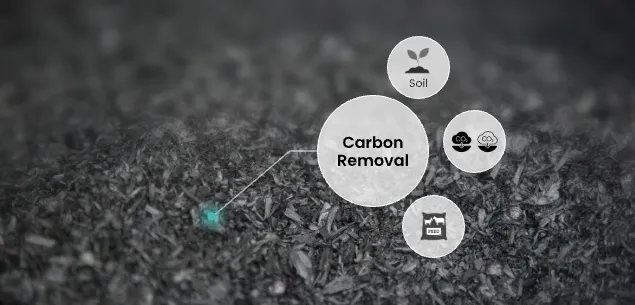In the search for sustainable solutions to waste management, the conversion of biomass into biochar has gained significant attention. Biochar, a stable form of carbon produced through pyrolysis, offers a myriad of environmental benefits, such as carbon sequestration, soil enhancement, and waste reduction. This process, however, relies heavily on advanced equipment, notably the charcoal making machine, to ensure efficient and environmentally friendly production. But how does this technology fit into the broader narrative of circular economy and waste valorization?
The Process of Biomass Conversion to Biochar
The journey from biomass to biochar begins with the collection of organic waste, such as agricultural residues, wood chips, or even waste from food production. Biomass is then subjected to pyrolysis, where it is heated in the absence of oxygen to temperatures typically between 400°C and 700°C. The heat causes the biomass to decompose into three primary products: biochar (solid), pyrolysis oil (liquid), and syngas (gas).
For the pyrolysis process to be effective, reliable charcoal making machines are necessary. These machines are designed to control temperature, maximize energy efficiency, and minimize harmful emissions, ensuring that the biochar produced is of high quality and that the process remains sustainable. A well-maintained machine also reduces energy consumption, an essential factor in making this process environmentally viable.
Biochar’s Role in the Circular Economy
Biochar is often described as the unsung hero of the circular economy. Once produced, biochar can be used in several ways: as a soil amendment to enhance fertility, as a carbon sink to sequester carbon for centuries, or even as a filtration medium in water treatment processes. Its versatility makes it an essential tool in transitioning from a linear to a circular approach to waste management.
The production of biochar through pyrolysis also reduces the volume of organic waste sent to landfills, diverting it from decomposition that could otherwise release harmful methane emissions. In this way, the charcoal making machine plays a central role in closing the loop on organic waste, converting it into a stable, useful product.

The Environmental Benefits of Biochar Production
Biochar production is not just a way to manage waste—it also has a significant role in mitigating climate change. The carbon sequestered in biochar is stable for centuries, helping offset greenhouse gas emissions. When produced from waste biomass, biochar represents a form of carbon-negative technology because the carbon it contains would otherwise be released into the atmosphere during natural decomposition processes.
Additionally, by using charcoal making machines powered by renewable energy sources, the carbon footprint of the pyrolysis process itself can be significantly reduced. This integration with clean energy systems helps ensure that the biochar production process remains within the principles of a sustainable circular economy.
The conversion of biomass into biochar through pyrolysis offers a promising solution to some of the world’s most pressing environmental challenges. By embracing circular economy principles and optimizing the use of charcoal making machines, we can not only reduce waste but also produce valuable products that enhance soil health, sequester carbon, and help fight climate change. The path forward involves scaling up technologies, addressing challenges, and continuing innovation in order to fully unlock the potential of biochar in a sustainable future.
Leave a Reply